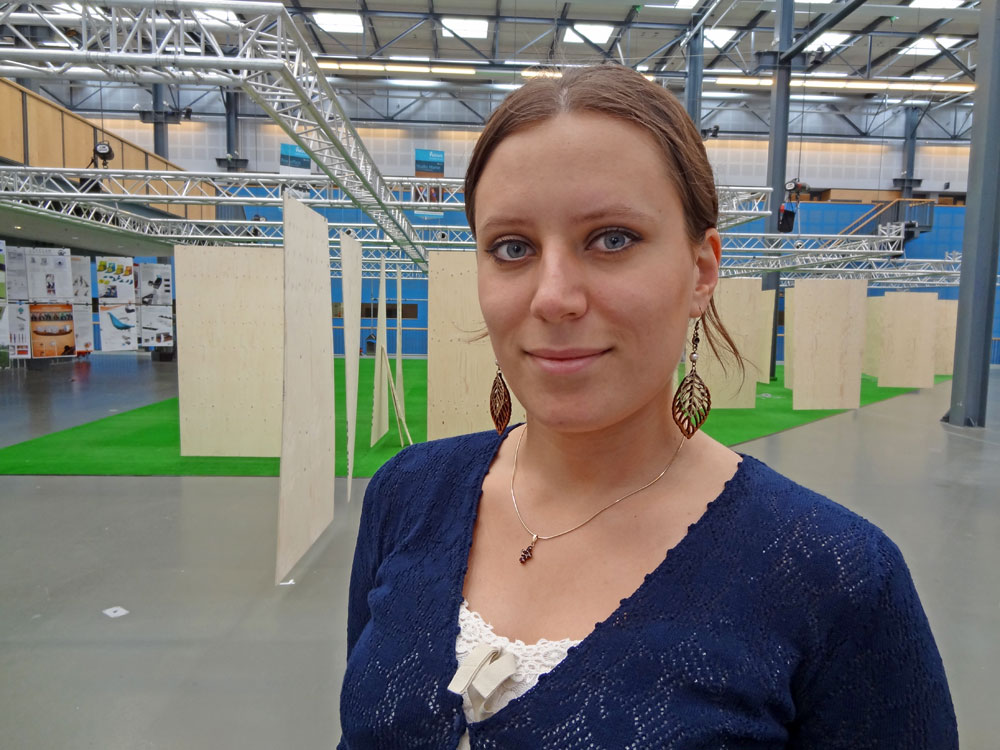To work for BMW and to design the car seat of the future: only the idea itself triggers the wildest dreams of any design student.
Sigrid van Veen made this dream a reality in her graduation project for her study ‘Integrated Product Design’ at the faculty of Industrial Design Engineering. Not only did she end up with some radical improvements, but Van Veen also changed the entire concept of sitting in the backseat of a BMW car.
April 26 was the day that Van Veen presented the outcome of her graduation project to the jury of TU Delft, which reacted positively to the results. The project had a clear aim: to enable new ways of relaxing and working in the backseat of a BMW car. The context of the assignment was the future vision of BMW, in which computer systems will drive the car instead of a human driver. This future vision opens up new possibilities for spending time in the car – substituting driving for working or relaxation, for example. The task for Van Veen was to redesign the backseat of the car in order to facilitate such new possibilities.
Following an initial literature study, Van Veen concluded that body posture plays a key role in enabling activities while sitting in a car seat: different activities require different body postures. She therefore developed a car seat that enables a variation of postures, especially for relaxing.
Furthermore, Van Veen developed special armrests for the use of handheld devices. Current trends of personal computing away from the office show that the use of handheld devices will grow in future for doing work in the car.
Tests with people using handheld devices in the back of a moving car gave insights into the problems that occur when using handheld devices. Tests with the prototype of the seat evoked positive reactions by participants. Van Veen: “Someone compared it to floating in a swimming pool, for instance.” For Van Veen, this testing phase was one of the highlights of her project.
A remarkable aspect of the car seat designs is that they do not comply with safety regulations. Certain twists of the body for example are currently not allowed in car seats. For the designs to be realized, the rules themselves will have to be changed – a process that will take years.
One major factor here is that the use of autonomous cars needs public acceptance. Van Veen herself supports this development: “Autonomous cars would improve safety a lot in terms of decreasing accidents. Then the way you sit in a car could also change”.



Comments are closed.